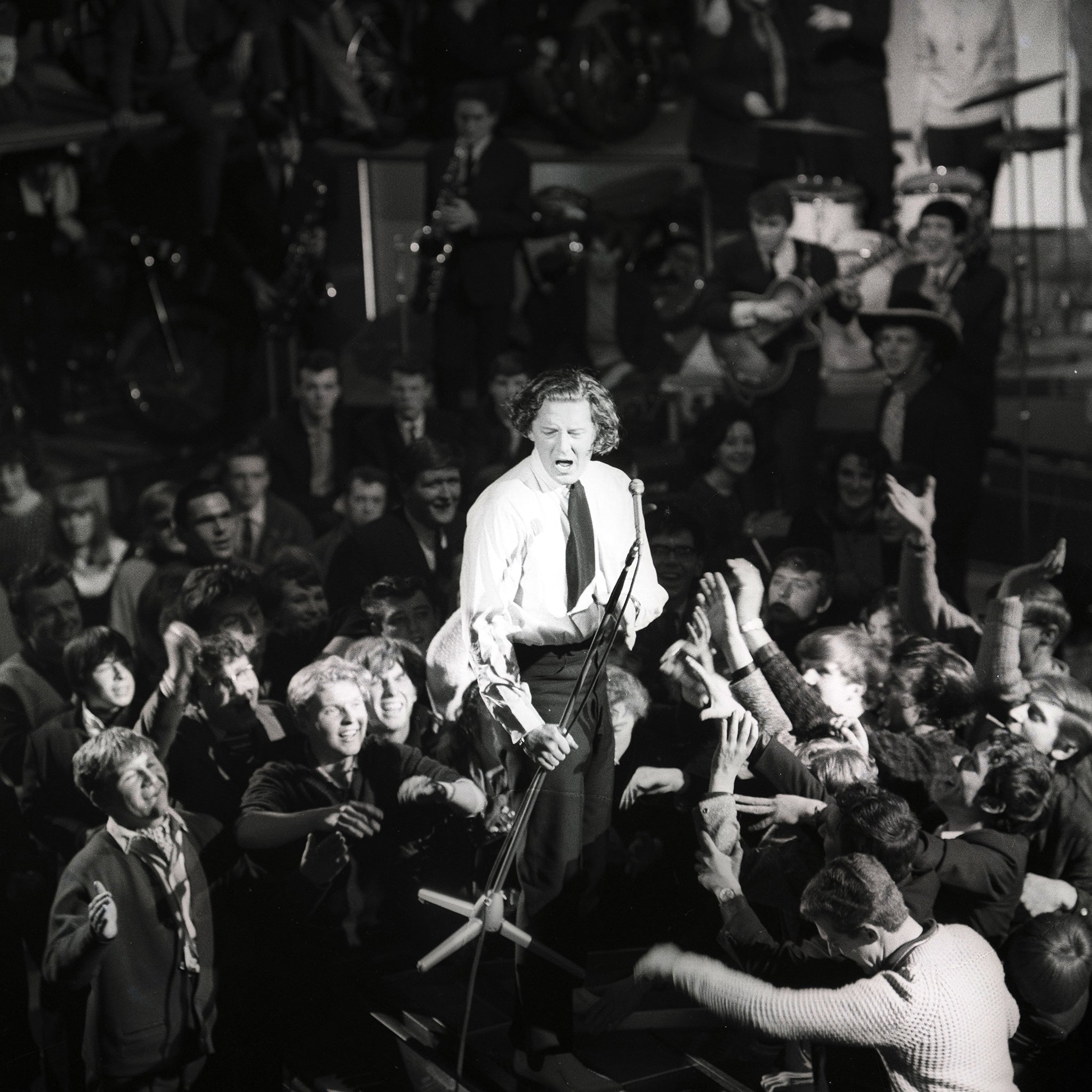Jerry Lee Lewis - His Own Story by Rick Bragg, book review: A mad, bad and dangerous rock 'n' roll star to know
The book presents the young Jerry Lee as a kind of Huck Finn character, routinely hightailing it down the tarmac river in a series of stolen cars

During the session for the seminal “Great Balls Of Fire”, Jerry Lee Lewis and Sun Records boss Sam Phillips engaged in an impassioned, drunken theological dispute about rock’n’roll, the singer worried that he might be leading people away from God.
The subsequent recording is one of rock’s most charged performances, the outburst of a man who suspects he may be condemning himself to burn in hell, but just can’t help himself. “Well, we’ll know one day,” he tells biographer Rick Bragg. “That’s what worries me.”
That theme runs through this book like the Mississippi runs through Memphis. During the early years of their success, he and Elvis would often sing old gospel songs long into the night. It was only when the Killer asked the King whether he believed he was going to heaven or hell that their friendship dried up, Elvis sharing those same fears so deeply he daren’t risk being asked again. Then there’s the almost Manichean relationship Lewis had with his cousin, the evangelist Jimmy Swaggart, whose re-dedication to God came when comparing his own meagre earnings to what he considered Jerry Lee’s wages of sin. Jimmy’s income would eventually surpass Jerry’s: years later, when he attempted an onstage “intervention” to save his cousin’s soul, the singer asked him, “Are we gonna take your private plane, or mine?”
Lewis was born into jeopardy. A breach birth, he was yanked out feet-first by his father Elmo because the doctor had passed out after partaking too deeply of bootleg whisky from the family’s still. Elmo was a tough daddy: when his son was three, he flung him in a river and told him to swim – an act which perhaps instilled the singer’s characteristic self-reliance and bloody-mindedness. But Elmo also made extraordinary sacrifices for his beloved son. The first time Jerry touched a piano, aged four, he instantly picked out “Silent Night”; convinced this instinctive ability was a gift from God, Elmo mortgaged the family’s small farm to buy him a piano of his own. In Jerry Lee’s dark days, when the IRS took his possessions in lieu of unpaid taxes, the small, rickety piano was the first thing he bought back.
The book presents the young Jerry Lee as a kind of Huck Finn character, routinely hightailing it down the tarmac river in a series of stolen cars, from the moment his feet could reach the pedals, and sneaking into black clubs to soak up the music that enchanted him. But his disregard for authority grew into a brazen contempt for societal mores generally, a trait which blew up in his face when he brought his 13-year-old wife Myra to Britain in 1958. The resulting scandal – exacerbated by the fact that Myra was his cousin, and that the marriage, his third, was bigamous – reverberated back to America, all but killing his career. He still shrugs off such matters: his own sister, he points out, was married at 12, and intermarriage between cousins was commonplace in the extended Lewis clan. But there’s something deliberately offensive in the way he reminisces about the 13-year-old Myra being “a grown woman, blossomed out and ready for plucking”.
So it’s hard to feel much pity for this gifted but selfish, lasciviously indulgent and brutally dismissive man as he struggles to rebuild his career over the next five decades, reinventing himself as a country singer and stumbling from success to failure time and time again, shrugging off the deaths of two wives within weeks – one by drowning, the other overdosing – and getting increasingly embittered as the years pass. The book ends with him recuperating in bed from his latest operation, yet still hoping for another hit in his seventies. Like Byron, he seems mad, bad and dangerous to know, but his art at least reflects him truthfully. “I think my music is like a rattlesnake,” he says. “It warns you, ‘Listen to this. You better listen to this’.”
Join our commenting forum
Join thought-provoking conversations, follow other Independent readers and see their replies
Comments
Bookmark popover
Removed from bookmarks